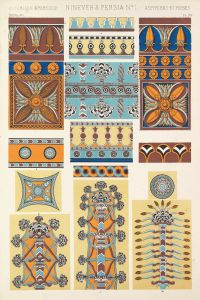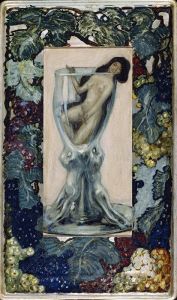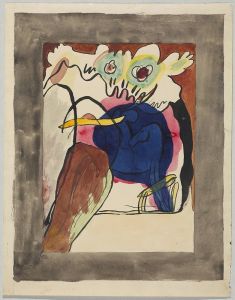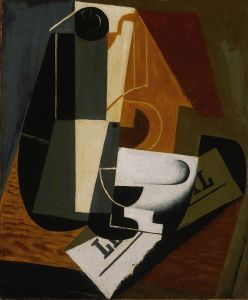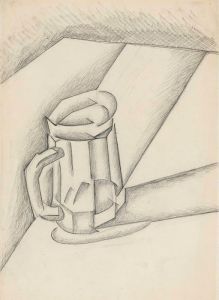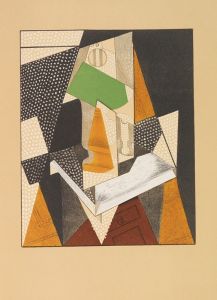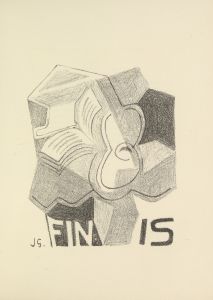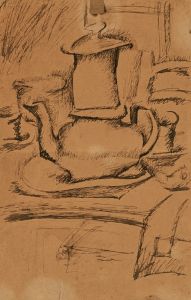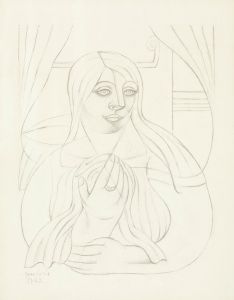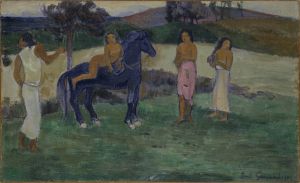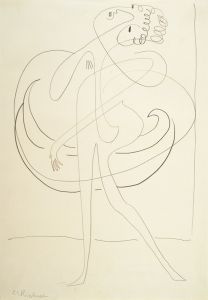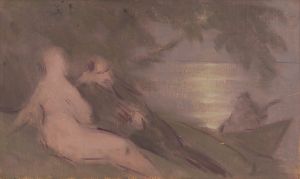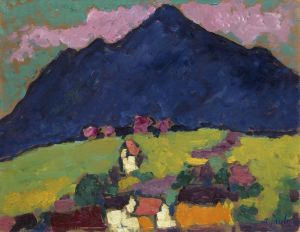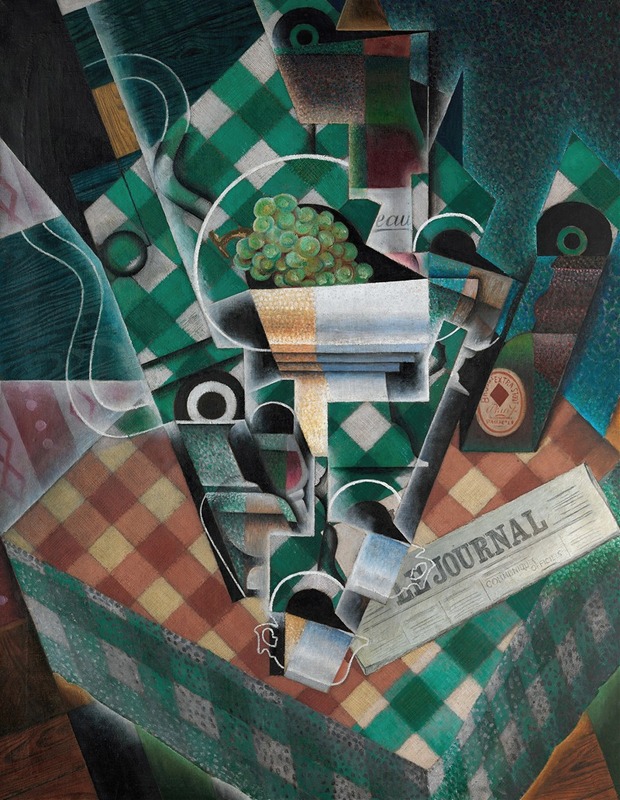
Still Life with Checked Tablecloth
A hand-painted replica of Juan Gris’s masterpiece Still Life with Checked Tablecloth, meticulously crafted by professional artists to capture the true essence of the original. Each piece is created with museum-quality canvas and rare mineral pigments, carefully painted by experienced artists with delicate brushstrokes and rich, layered colors to perfectly recreate the texture of the original artwork. Unlike machine-printed reproductions, this hand-painted version brings the painting to life, infused with the artist’s emotions and skill in every stroke. Whether for personal collection or home decoration, it instantly elevates the artistic atmosphere of any space.
"Still Life with Checked Tablecloth" is a painting by the Spanish artist Juan Gris, created in 1915. Juan Gris, born José Victoriano González-Pérez in Madrid in 1887, was a prominent figure in the Cubist movement, which was pioneered by Pablo Picasso and Georges Braque. Gris moved to Paris in 1906, where he became closely associated with the avant-garde art scene and the development of Cubism.
The painting "Still Life with Checked Tablecloth" exemplifies Gris's mature Cubist style, characterized by a meticulous arrangement of geometric shapes and a harmonious use of color. In this work, Gris employs a variety of textures and patterns to create a complex composition that challenges the viewer's perception of space and form.
The painting features a table set with various objects, including a bottle, a glass, a newspaper, and a piece of fruit, all arranged on a checkered tablecloth. Gris's use of the checkered pattern is particularly notable, as it adds a sense of rhythm and structure to the composition. The objects are depicted from multiple angles, a hallmark of Cubist technique, which seeks to represent the subject from different viewpoints simultaneously.
Gris's approach to Cubism was distinct from that of Picasso and Braque. While they often used a more monochromatic palette and fragmented forms, Gris's work is known for its clarity, precision, and vibrant use of color. In "Still Life with Checked Tablecloth," Gris employs a range of hues, including blues, greens, and browns, to create a sense of depth and dimensionality. The interplay of light and shadow further enhances the three-dimensional effect, making the objects appear both flat and volumetric at the same time.
The painting also reflects Gris's interest in the relationship between art and everyday life. By incorporating familiar objects such as a bottle and a newspaper, Gris blurs the line between high art and common experience. This approach aligns with the broader goals of the Cubist movement, which sought to break down traditional boundaries and explore new ways of seeing and representing the world.
"Still Life with Checked Tablecloth" is housed in the Metropolitan Museum of Art in New York City. The museum acquired the painting in 1982, and it has since become an important part of their collection of early 20th-century art. The work is celebrated for its innovative use of Cubist principles and its contribution to the development of modern art.
Juan Gris continued to explore and refine his Cubist style until his untimely death in 1927 at the age of 40. His work has had a lasting impact on the art world, influencing subsequent generations of artists and continuing to be studied and admired for its technical mastery and artistic vision. "Still Life with Checked Tablecloth" remains a testament to Gris's skill and creativity, embodying the essence of Cubist experimentation and the beauty of everyday objects transformed through art.





